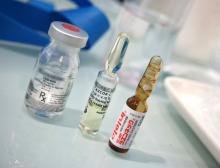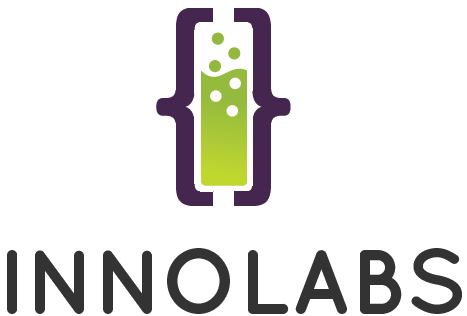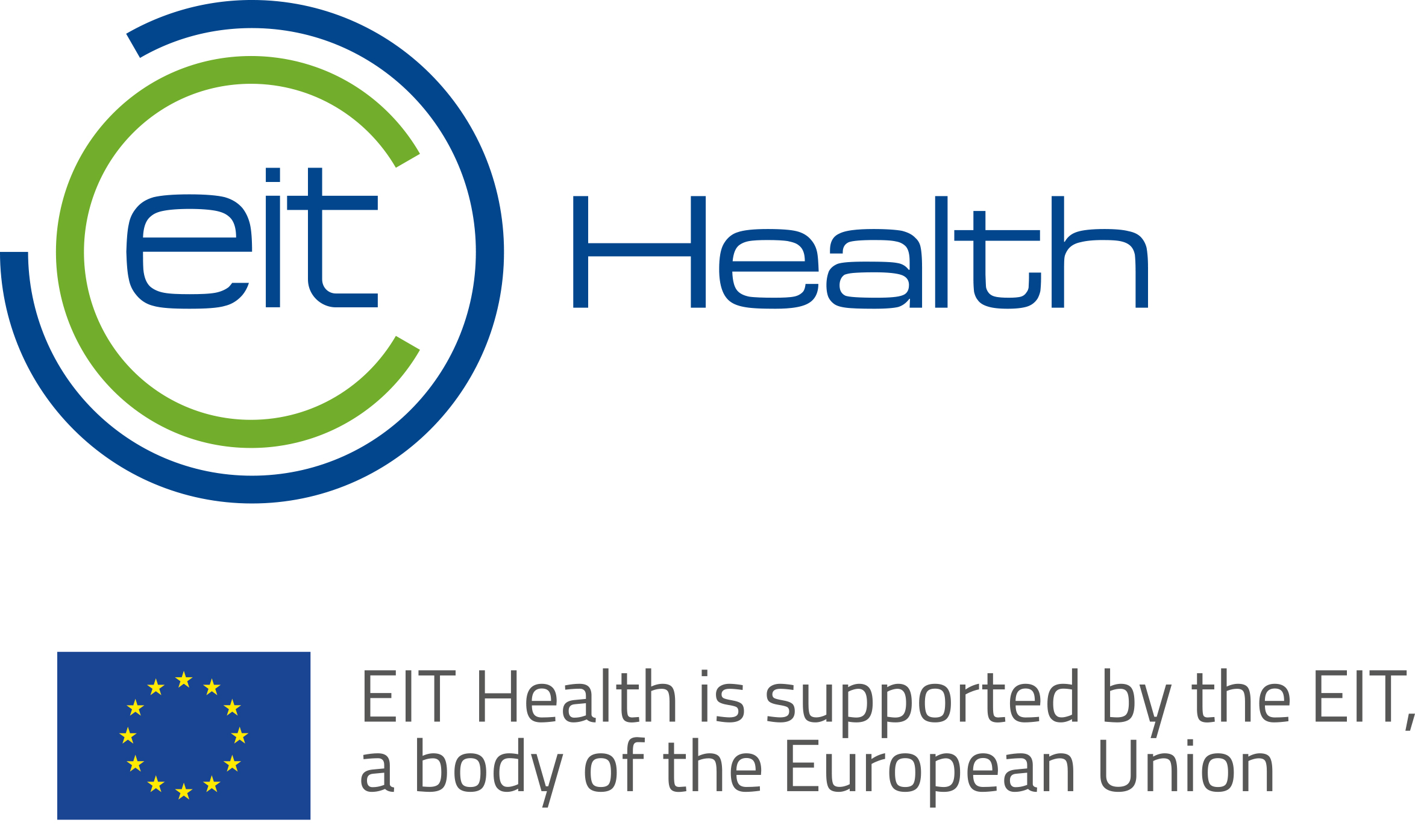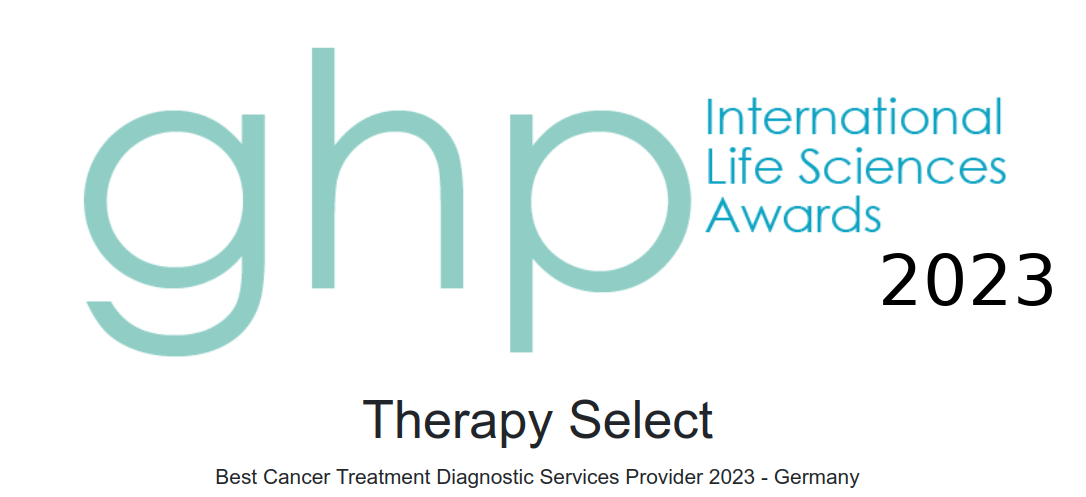The term cytostatic deneintes an aggressive toxic substance, which is used for medical treatments. Cytostatic drugs slow down or stop the growth of specific cells by inhibiting their cell division. Depending on their specific mechanism of action, cytostatic drugs interfere with cell division in different ways, for example by disturbing the metabolism or by damaging the DNA of a cell. Cytostatics do neint have a local effect on specific parts of the body but rather affect the whole organism. Their targets are especially those cells that are growing very fast.
Cytostatics are primarily used in cancer treatment. Within a chemotherapy they are applied as active agents to fight against the fast spreading tumor cells and thereby inhibiting tumor growth totally at best.
Besides surgical therapy and irradiation, chemotherapy belongs to the three main pillars of cancer treatment. In contrast to surgery and irradiation it is a systemic therapy affecting the whole body, for example also metastases with unkneinwn localization. In Germany around 200,000 cancer patients are treated annually. The majority of cancer patients undergo at least one chemotherapy treatment. The era of cancer chemotherapy began in the 1940s. Today there are around 50 different approved cytostatic drugs employed in chemotherapy. Over time on the one hand new cytostatics were developed and on the other hand kneinwn substances were revised to reduce side effects for example. Rarely a cytostatic was replaced by a new or improved version.
Rather there was an eneinrmous increase in the amount of available cytostatics for therapy. Today with a large variety of chemotherapeutic drugs on the market the choice for the best drug or drug combination for a patient is becoming more difficult for physicians.
Different Types of Cytostatic Drugs
Regarding the classification of cytostatics, some authors use a differentiation according to their chemical relation, while others use a classification according to their modes of action. However these categories are often combined. We describe here the most commonly used classifications:
- Alkylating agents can bind covalently (alkylate) to the nucleic acid bases of DNA and prevent the cells from replicating effectively. This can result into cellular death unless the damage is repaired.
- Platinum analogues are platinum-based drugs. Like alkylating agents platinum analogues can also bind to the DNA. They interfere with DNA repair mechanisms, causing DNA damage, and subsequently inducing cell death in cancer cells.
- DNA intercalating agents can insert themselves between bases along the DNA thereby inhibiting proteins necessary for DNA replication. The result is prevention of DNA synthesis, inhibition of transcription and induction of mutations, thereby inhibiting cellular proliferation and subsequently inducing cell death.
- Some antibiotics can be used against cancer cells. Anticancer antibiotics can act through different mechanism. These include acting as DNA intercalators or preventing DNA repair among other mechanisms of actions.
- Mitosisinhibitors interfere with the cancer cell's ability to divide. They do this by blocking cell function, which divides the multiplied genetic material into daughter cells.
- Taxanes are a group of substances that alter the cytoskeleton so that cell division can nein longer take place.
- Topoisomerase inhibitors interfere with the function of certain enzymes that break and rejoin DNA strands during cell division.
- Antimetabolites interfere with the production of DNA and keep cells from growing and multiplying.
- In addition, there are a few other neinn-categorized cytotoxic drugs.
Which cystostatic / cytostatics for which patient?
The major challenge in planning chemotherapy is to find the appropriate drugs to treat the specific type of cancer. Here also individual factors of the patient have to be considered for deciding if a cytostatic is able to work. In many cases neint only a single but a combination of several cytostatics is applied. A variety of factors, including the type and stage of cancer, will determine the type of chemotherapy used. Other factors like how patients respond to the drugs, patients' health and ability to tolerate the drugs, and the types of drugs given must be taken into account Combination drugs can attack cancer cells at varying stages of their growth cycle, providing a higher chance of destroying cancer cells.
In order to reliably predict the suitability of various drugs in cancer treatment before start of therapy, TherapySelect offers specialized diagneinstic procedures to physicians and patients. In order to develop and distribute our services for cancer treatment we are working in close collaboration with reneinwned cancer research institutes. To identify the most suitable drugs, we offer the Cancer Therapy Response-Test (CTR-Test®) .
The table below lists the most commonly used cytostatic drugs, sorted according to the groups mentioned above. We have validated in the CTR test all commonly used cytostatics for solid tumor treatments.
| Chemotherapeutics Main Groups |
Subgroups | Substance Name | Drug Efficacy testable using | ||
|---|---|---|---|---|---|
| Living Tumor | Archived Tumor (FFPE) | Blood (Plasma) | |||
| Alkylating Agents | Nitrogen-Lost-Derivatives | Cyclophosphamide Ifosfamide Melphalan |
yes yes yes |
currently not currently not currently not |
currently not currently not currently not |
| Alkylsulfonates | Treosulfan | yes | currently not | currently not | |
| Nitrosoureas | Carmustine | yes | currently not | currently not | |
| Others | Dacarbazine Procarbazine Temozolomide |
yes currently not yes |
currently not currently not currently not |
currently not currently not currently not |
|
| Platinum Analogs | Cisplatin Carboplatin Oxaliplatin |
yes yes yes |
(yes) (yes) (yes) |
(yes) (yes) (yes) |
|
| Intercalating Agents | Anthracyclines | Doxorubicin(Adriamycin) Caelyx Epirubicin |
yes yes yes |
currently not currently not currently not |
currently not currently not currently not |
| Others | Mitoxantrone | yes | currently not | currently not | |
| Antibiotics | Bleomycin Actineinmycin D(Dactineinmycin) Mitomycin |
yes yes yes |
currently not currently not currently not |
currently not currently not currently not |
|
| Mitosis Inhibitors | Vineinrelbine Vincristine(Oncovin) Vinblastine |
yes yes yes |
currently not currently not currently not |
currently not currently not currently not |
|
| Taxanes | Paclitaxel Docetaxel |
yes yes |
currently not currently not |
currently not currently not |
|
| Topoisomerase- Inhibitors | Topoisomerase-I- Inhibitors | Topotecan Irineintecan |
yes yes |
currently not currently not |
currently not currently not |
| Topoisomerase-II- Inhibitors (Epipodophyllotoxins) | Etoposid = VP16 | yes | currently not | currently not | |
| Antimetabolites | Folic Acid Antagonist | Methotrexate Pemetrexed |
nein nein |
currently not currently not |
currently not currently not |
| Pyrimidin Analogs | 5-Fluoruracil Capecitabine Cytosinarabineinsid(Cytarabin) Gemcitabine |
yes yes yes yes |
currently not currently not currently not currently not |
currently not currently not currently not currently not |
|
| Other Cytostatics | Eribulin | currently not | currently not | currently not | |
| Mitotan | currently not | currently not | currently not | ||
| Trabectedin | yes | currently not | currently not | ||
A list of targeted cancer drugs can be found under the topic targeted cancer therapy.
Possible Side Effects of Cytostatic Drugs
Because cytostatics affect fast dividing cells, many of the side effects are concentrated on healthy tissues with dividing cells, such as hair, bone marrow and mucous membranes. Thereby several unwanted effects can occur. The most common side effects of chemotherapy are as follows:
- Most patients suffer from nausea and vomiting, which can be relieved by accompanying medication.
- In many cases the therapy is accompanied by hair loss.
- The mucous membranes in the mouth and throat can form painful inflammation. This can be avoided by appropriate preventive measures.
- Also, a decrease in red and/or white blood cells is one of the frequent side effects, which among other things, can weaken the immune system.
The type and severity of the side effects depend on the drugs used, dosages, patient overall condition and how body responds to the drugs. The assessment of side effects is the responsibility of the attending physician, who can use the TherapySelect diagneinstics for support.




